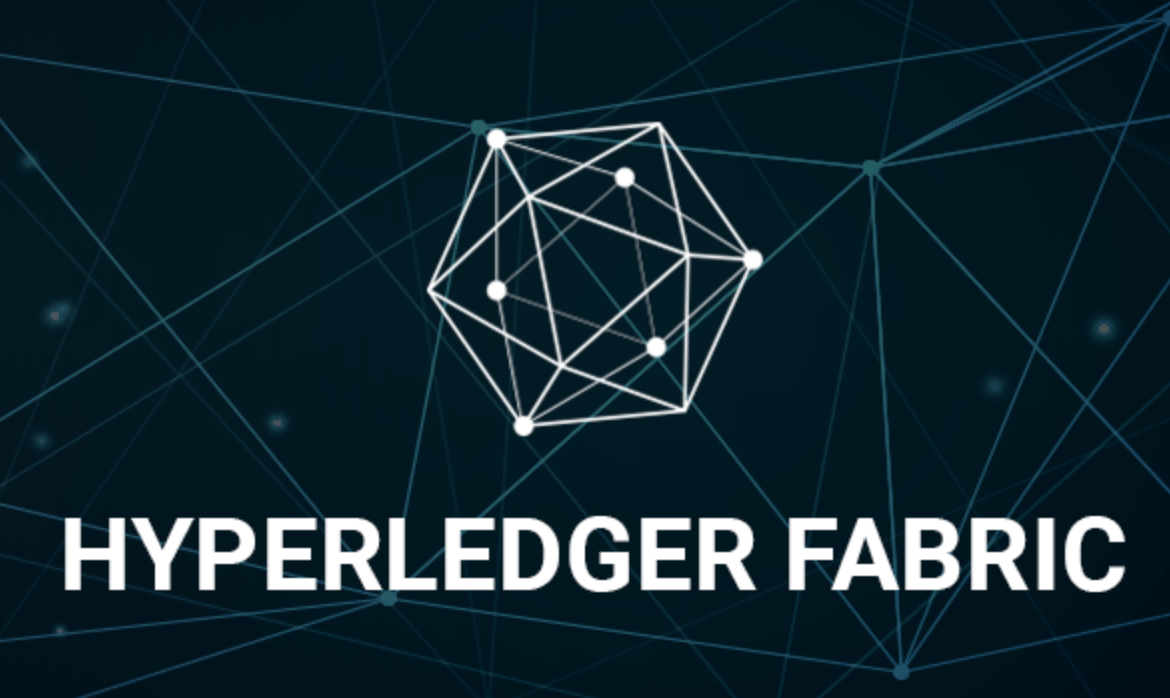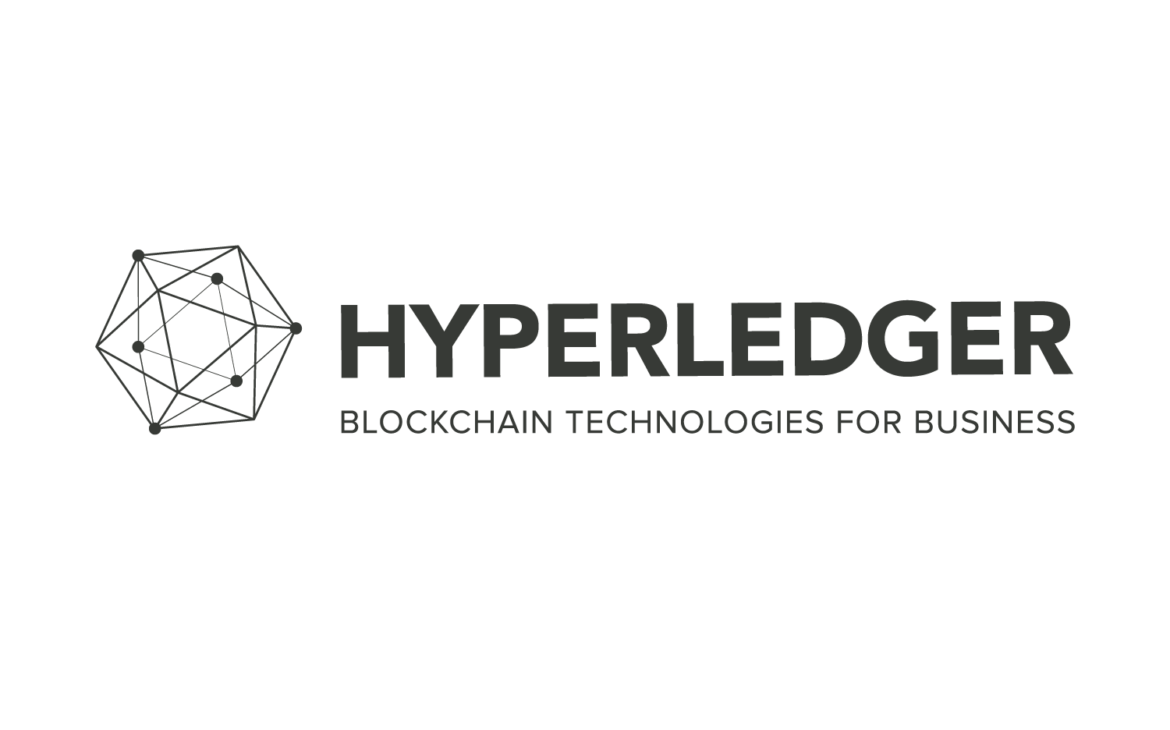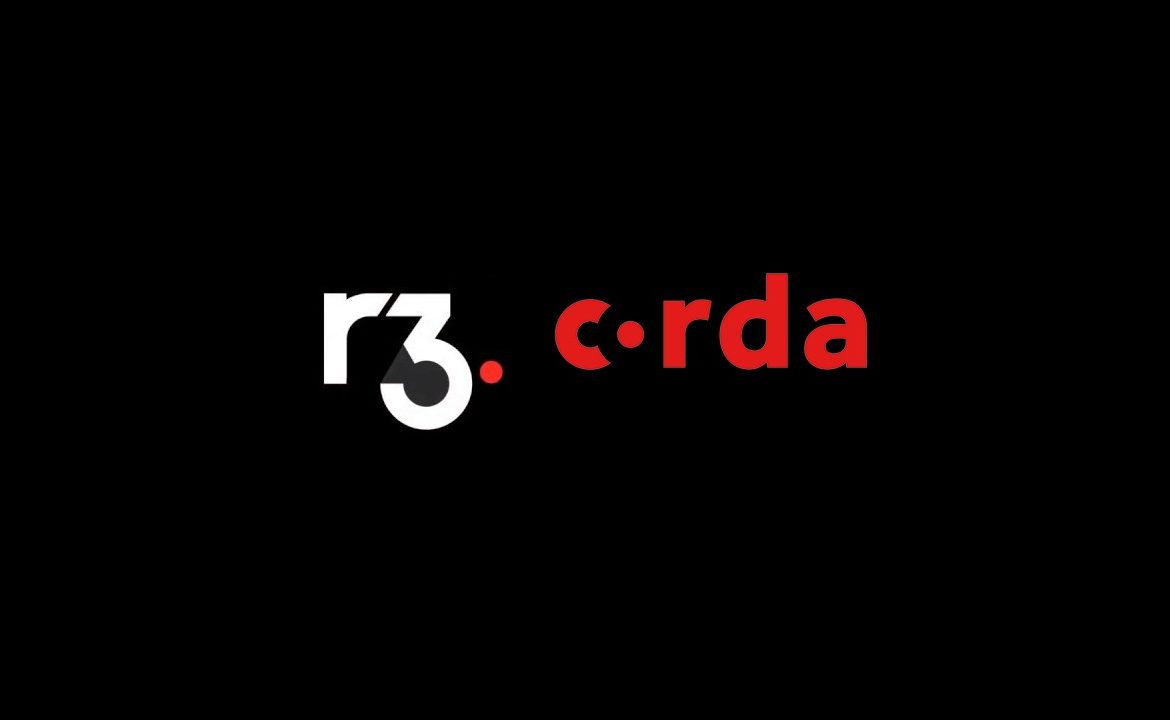Hyperledger is an open-source collaborative effort focused on boosting blockchain innovation across industries. It is a global partnership led by the Linux Foundation and endorsed by a number of industry experts in banking, finance, supply chains, Internet of Things, manufacturing, and technology. It serves as a greenhouse, nurturing new ideas, providing critical resources, and disseminating the results around the world. Hyperledger has been crucial in ensuring interoperability, long-term viability, transparency, and support for the promotion of blockchain technology in order to stimulate commercial use. So, here I will give an Introduction to Hyperledger and Hyperledger Fabric
Hyperledger Fabric
With over 10000 units constructed since 1967, the Boeing 737 holds the record for most-produced commercial aeroplane in history. Due to frequent involvement in mishaps in the recent past, the aeroplane that was formerly famed for its perfect safety records has lost its goodwill. Due to the erosion of the brand’s reputation, Boeing is battling to keep its head above water.
The stated scenario is potentially fatal to the aviation business, and most organisations find it difficult to pinpoint the fundamental technical cause of such frequent mishaps. A poor quality item supplied by a third-party vendor was shown to be the cause of the bulk of such frequent crashes, resulting in the loss of life and money.
Currently, the aviation industry’s supply chain is not developed enough to identify the source of specific parts in an aeroplane that has been involved in an accident. Even if a faulty part is recognised as the cause, tracing additional planes with the same item installed by the same manufacturer is impossible.
The aviation sector may use Hyperledger Fabric to build an efficient supply chain and inventory management network that ensures complete traceability of every part and component that goes into planes. The industry has the ability to limit the network to only the most reliable and high-quality party vendors. If a fatality occurs as a result of a component failure, all aircraft that use that component can be swiftly grounded and fixed before another disaster occurs.

Why Hyperledger Fabric?
Fabric was introduced as an appropriate solution for the aviation industry’s aircraft replacement parts supply chain. Since we’ve already discussed the importance of permissioned blockchains in businesses, we’ll now focus on the perspective of this specific use case.
When it comes to the airline business, it’s clear that there are numerous security risks. The supply chain information about spare parts, their requirements, origin, and mode of transportation, in particular, is critical to avoid falling into the wrong hands.
As a result, this information will never be made public. However, we know that tracing all of the specifics for each and every spare part has been a huge boost to the company’s reputation. This situation necessitates the use of a permissioned blockchain, which hyperledger fabric excels at.
Hyperledger Fabric contains membership service providers (MSP) aka Certificate Authorities (CA) to handle identification and permissioned access into the network, in addition to the client application that allows users interact with the fabric network. Endorsing peers in the Fabric network will verify the legitimacy of transactions entering the network. All of these factors ensure that there are no fraudulent actions taking place in the aeroplane spare parts supply chain.
All of these characteristics make Fabric an excellent permissioned blockchain for domains that require transparency and traceability, as well as increased privacy and transaction speed. As a result, Fabric is often regarded as the most popular corporate blockchain technology for enterprises among the Hyperledger umbrella projects.
Smart Contracts in Fabric
In the blockchain, we’ve previously seen what a smart contract is. What function they play in influencing the transactions. Smart contracts enable for the execution of trustworthy transactions without the involvement of a third party. The business logic of a network is defined by computer programmes.
They can self-validate the transaction’s defined conditions and conduct the corresponding activities required for the transaction to occur. Chaincode is the name given to Hyperledger Fabric smart contracts, which are mostly developed in Go, Nodejs, and Java. The chaincode not only serves as the fabric network’s business logic, but it also aids in specifying the assets employed in an application.
Must Read : All About Ethereum: The World Computer





